When in Malta, one just cannot ignore the Ceratonia tree, which has a huge number of names such as the carob, St. John the Baptist’s bread, the locust tree, and breadfruit.
The carob tree is unique in that it is completely free from any disease and parasites. In Holy Scripture, this tree is often mentioned. The New Testament indicates that John the Baptist ate the fruits of the carob tree in the wilderness, which is where the name Bread of St. John the Baptist comes from.
Also, in the parable of the Prodigal Son, it is said that while being in a foreign country and experiencing hunger, he ate the pods with which the locals fed the pigs. These pods were actually the fruit of the carob tree. There is also a belief that anyone who sees a blooming carob tree will surely find happiness.
The carob tree is a huge acacia-shaped tree with evergreen leaves and brown fruit resembling a pod. Fresh carob fruits can be eaten straight from the tree.
Carob seeds are identical in shape and weight, so in ancient times they served as a measure of mass, which was called “carat”. One carat is equal to 200 milligrams.
The Maltese prepare carob syrup, jam and liqueur. In the cold season, carob syrup is added to tea or coffee and is used to treat colds and coughs.

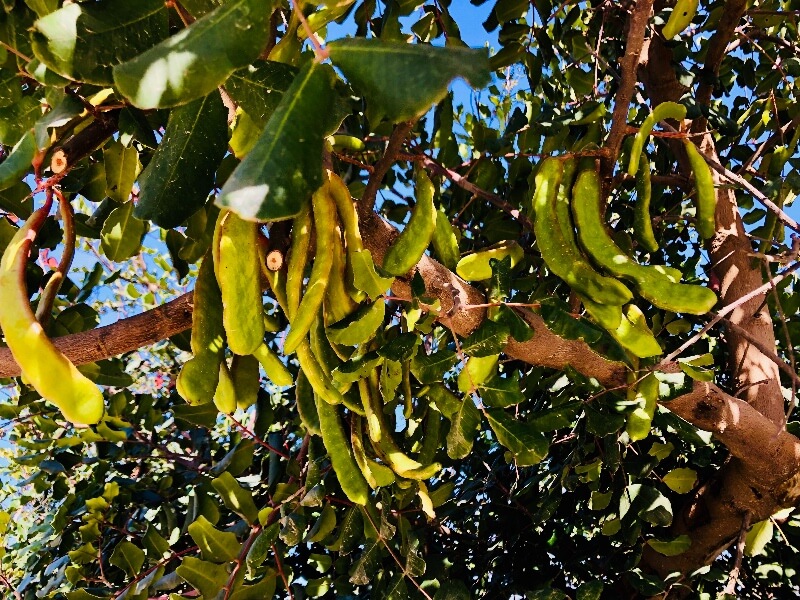

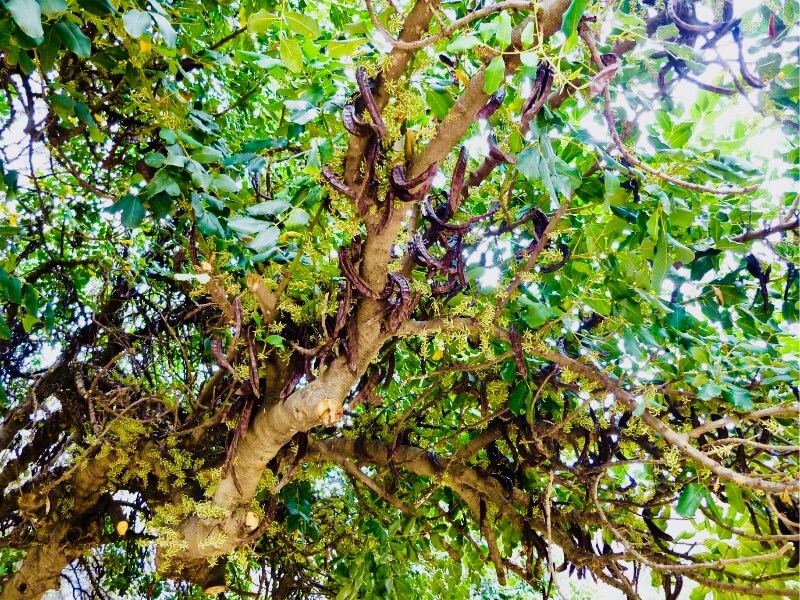

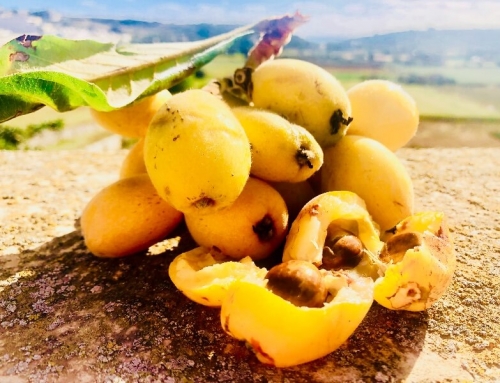
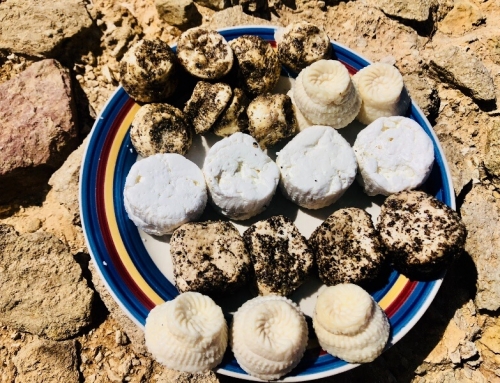
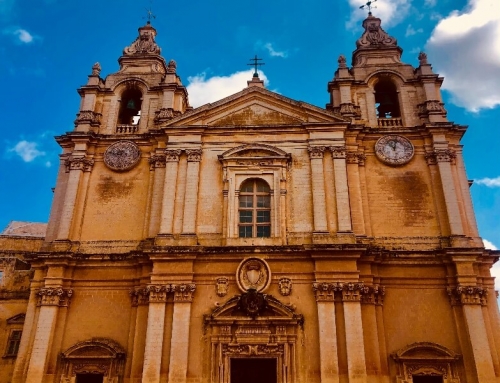
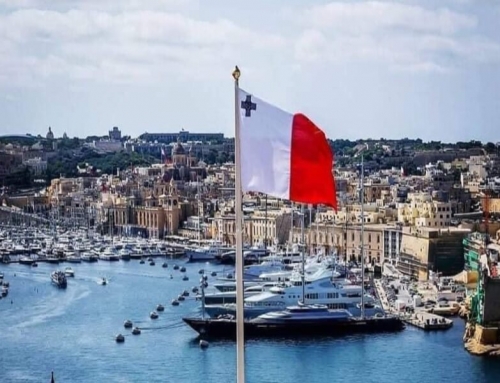

Leave A Comment